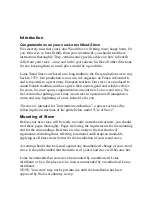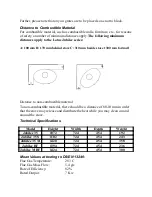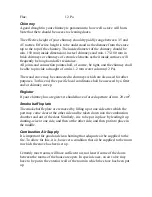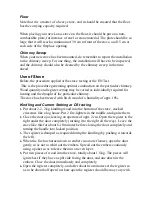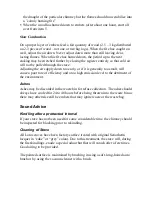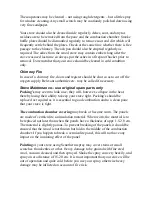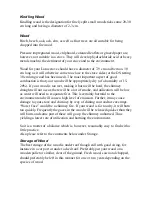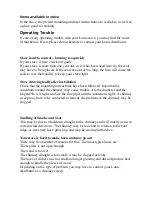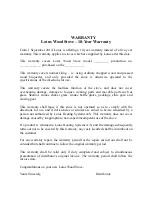
Flue:
12 Pa
Chimney
A good draught in your chimney is paramount to how well a stove will burn.
Note that there should be access to cleaning doors.
The effective height of your chimney should typically range between 3.5 and
4.5 metres. Effective height is to be understood as the distance from the stove
top to the top of the chimney. The inside diameter of the chimney should be
min. 150 mm (inside dimension) in steel chimneys and min. 175-180 mm in
brick chimneys or chimneys of ceramic elements as their inside surfaces will
frequently be rough and offer resistance.
All joints and connection points shall, of course, be tight, and the chimney shall
be able to provide a draught of a min. 1.2 mm water column (12 Pa).
The wood stove may be connected to chimneys which are also used for other
purposes. To this end, the specific local conditions shall be assessed by a fitter
and/or chimney sweep.
Register
If your chimney has a register, it should have a forced aperture of min. 20 cm2.
Smoke baffle plate
The smoke baffle plate are removed by lifting up at one side after which the
part may come clear at the other side and be taken down into the combustion
chamber and out of the door. Similarly, it is to be put in place by leading it up
slanting-wise at one side, and then at the other side, and then put into place in
the middle.
Combustion Air Supply
It is important for good and clean burning that adequate air be supplied to the
fire. To allow for this, it is, however a condition that air be supplied to the room
in which the stove has been set up.
Certainly most rooms will have sufficient air, not least if some of the doors
between the rooms of the house are open. In special cases, an air valve may
have to be put in the exterior wall of the room in which the stove has been put
up.



